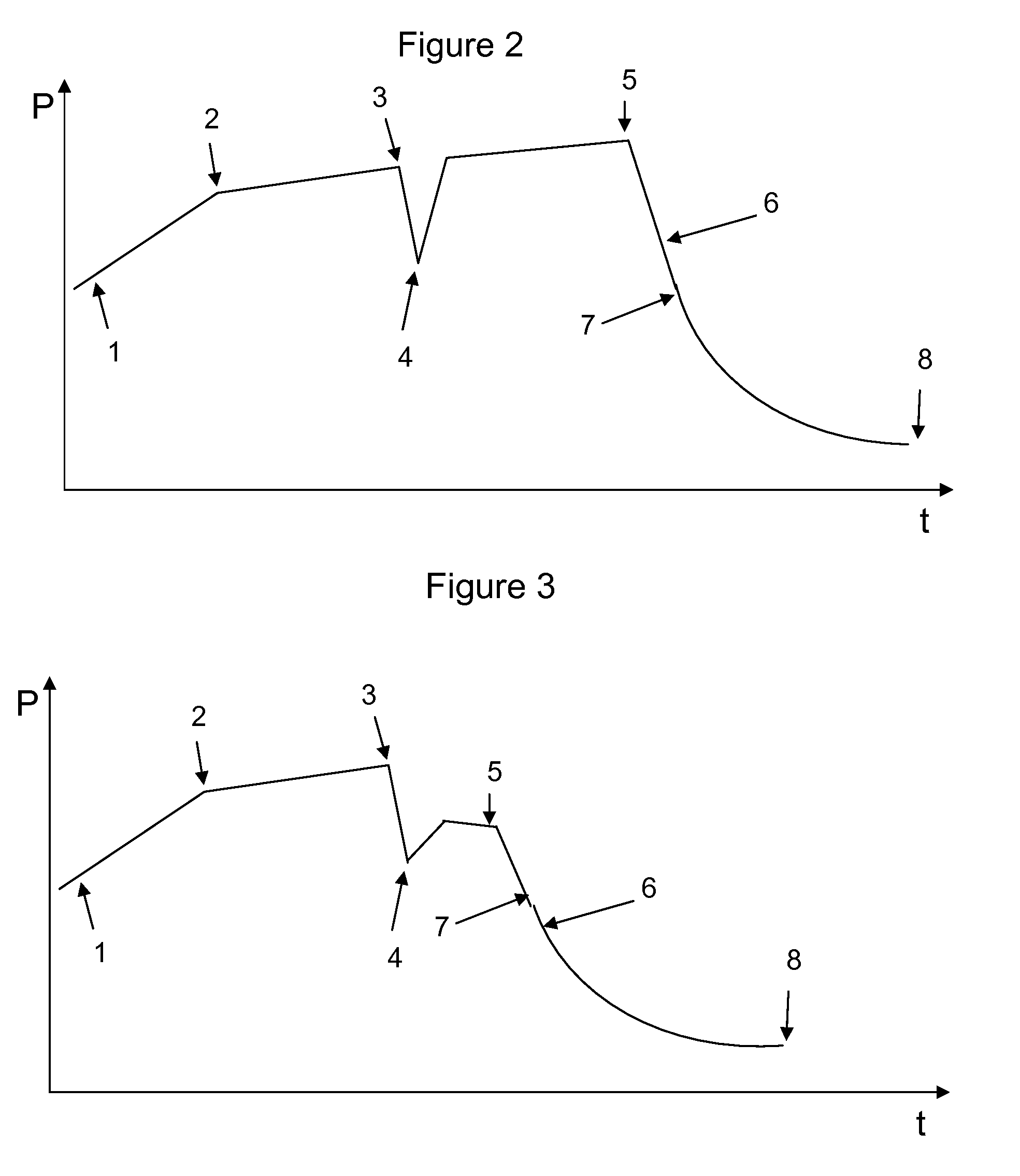Batch esterification
a technology of esterification and batch, applied in the field of batch processes, can solve the problems of process requiring a relatively long cycle time, negative influence on reaction rate, and accelerated reaction ra
- Summary
- Abstract
- Description
- Claims
- Application Information
AI Technical Summary
Benefits of technology
Problems solved by technology
Method used
Image
Examples
Embodiment Construction
[0019]The temperature of the mixture (“mixture temperature”) when the catalyst is introduced is determined by the operator to suit the system employed. For convenience, this temperature is designated the “predetermined mixture temperature”. The terms “predetermined mixture temperature”, “desired esterification reaction temperature”, and “initial temperature of the mixture” are used herein to indicate temperatures within temperature ranges that are known to be appropriate for a particular catalysed esterification reaction. For example the desired esterification reaction temperature and predetermined mixture temperature will vary according to the nature of the reactants and the nature of the catalyst, and the invention does not concern these particular conditions but is concerned with the conditions that should be used depending on these particular temperature conditions which are well known according to the reactants and catalyst employed.
[0020]We have found that increasing the press...
PUM
| Property | Measurement | Unit |
|---|---|---|
| pressure | aaaaa | aaaaa |
| temperature | aaaaa | aaaaa |
| temperature | aaaaa | aaaaa |
Abstract
Description
Claims
Application Information
 Login to View More
Login to View More - R&D
- Intellectual Property
- Life Sciences
- Materials
- Tech Scout
- Unparalleled Data Quality
- Higher Quality Content
- 60% Fewer Hallucinations
Browse by: Latest US Patents, China's latest patents, Technical Efficacy Thesaurus, Application Domain, Technology Topic, Popular Technical Reports.
© 2025 PatSnap. All rights reserved.Legal|Privacy policy|Modern Slavery Act Transparency Statement|Sitemap|About US| Contact US: help@patsnap.com



